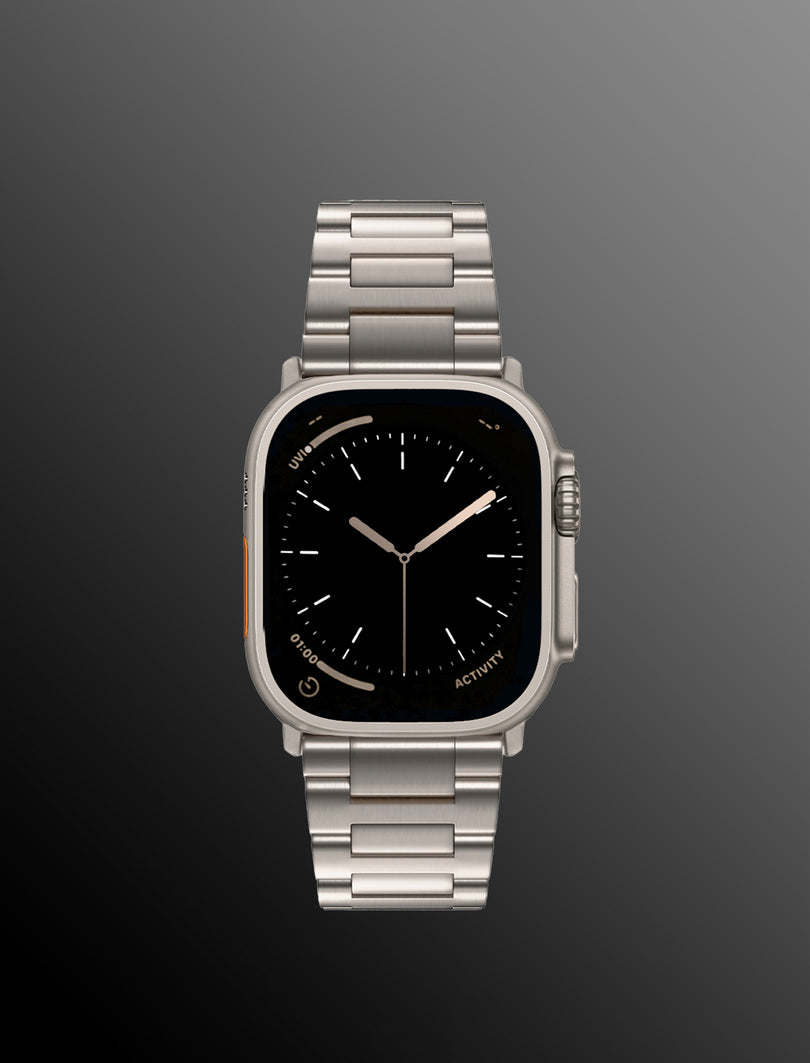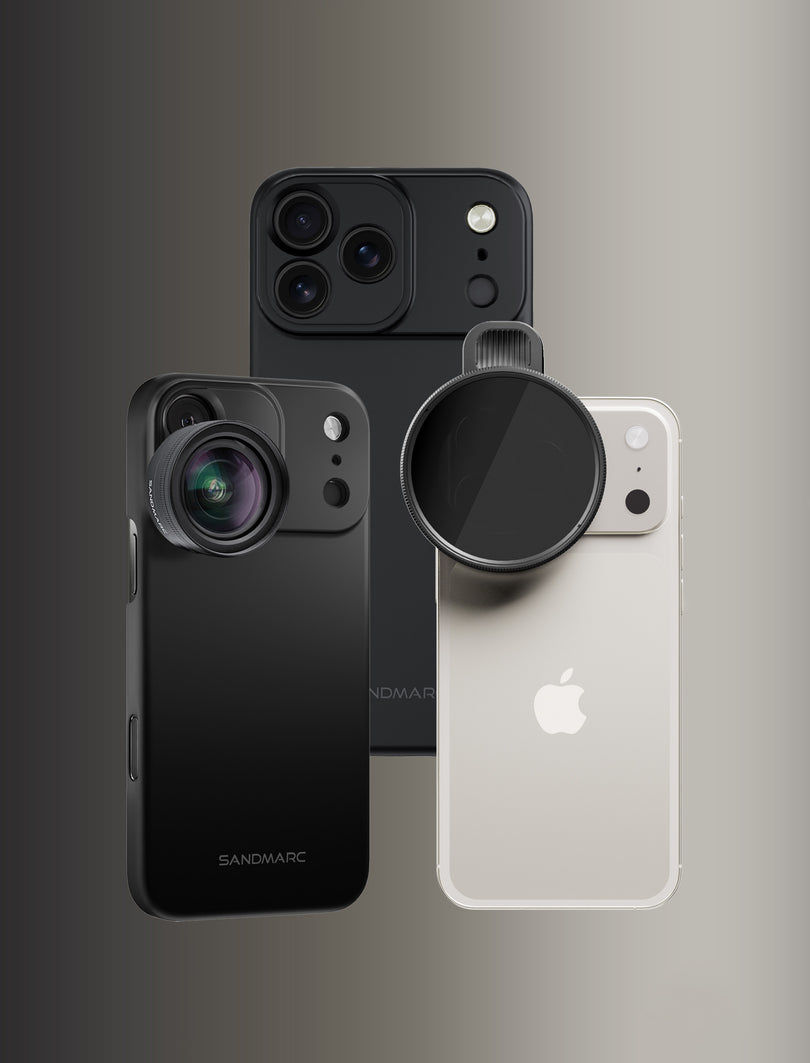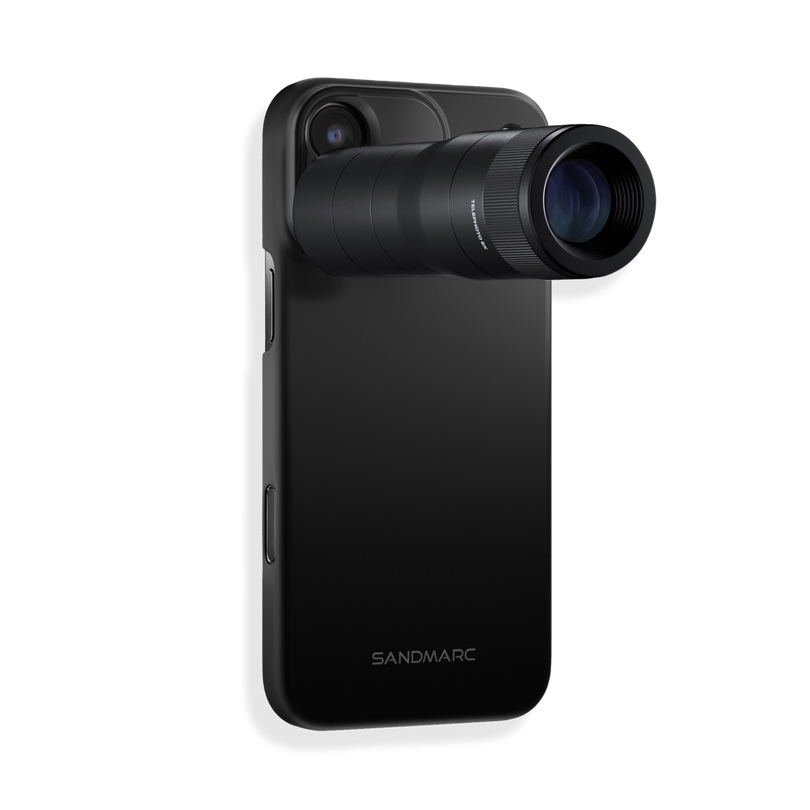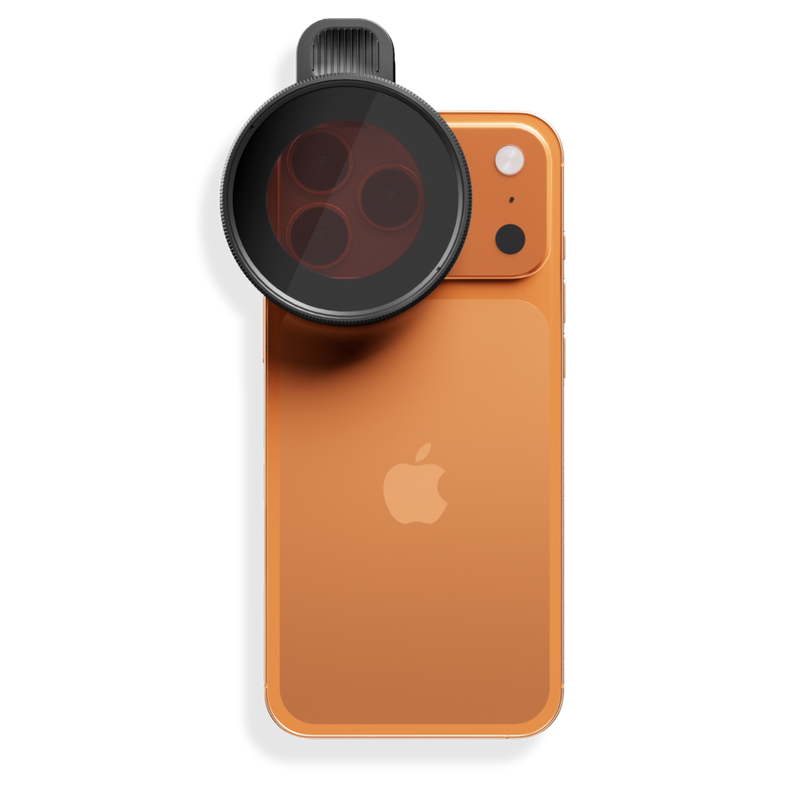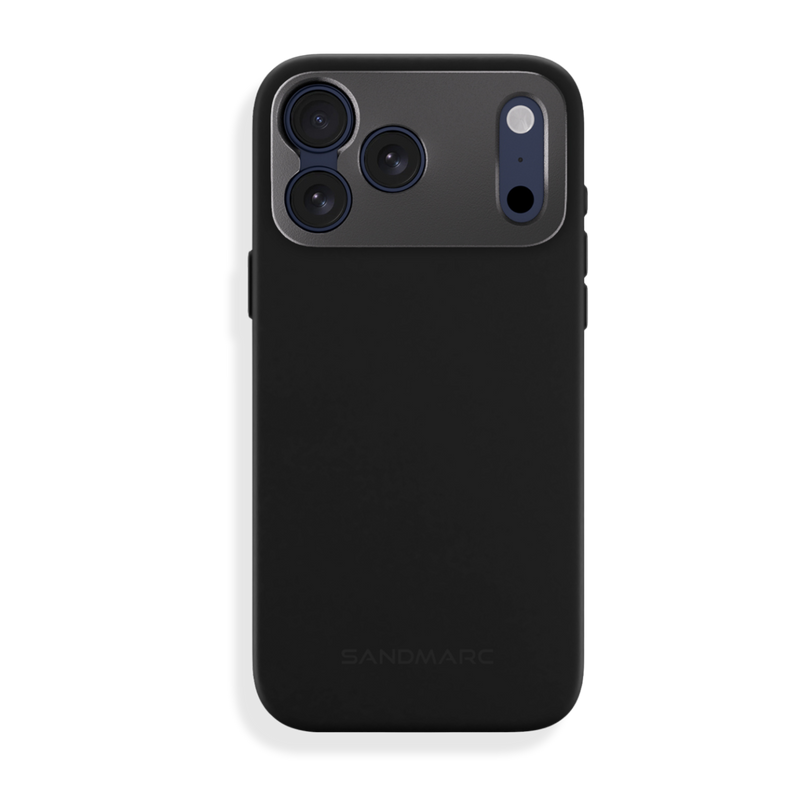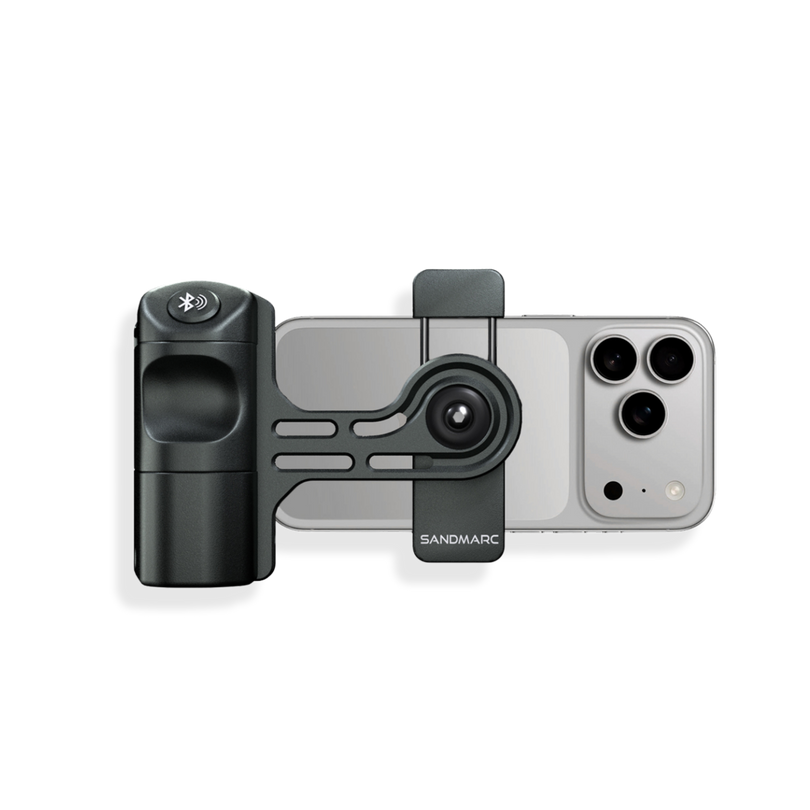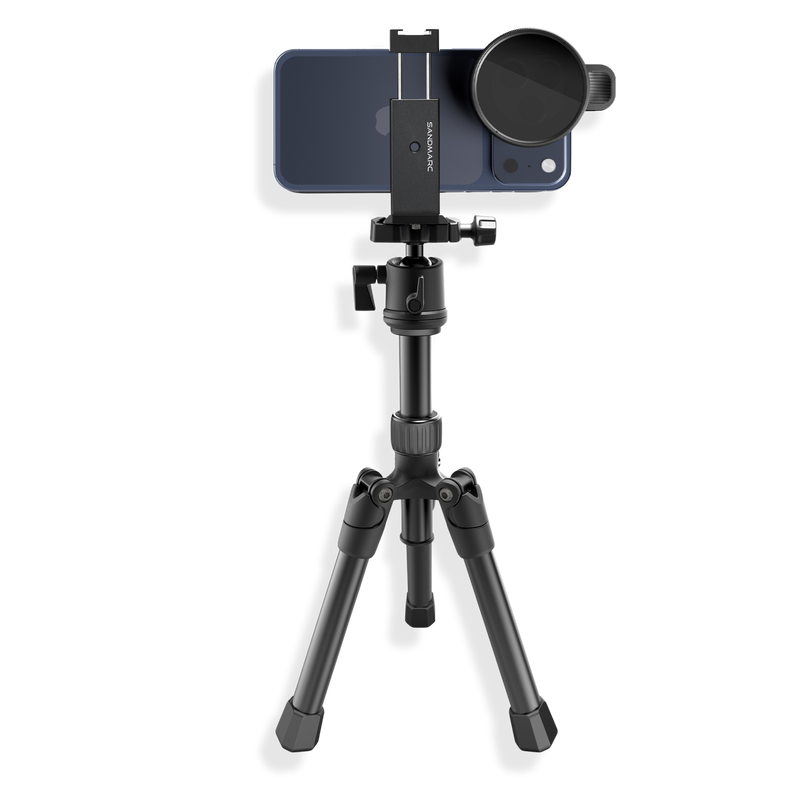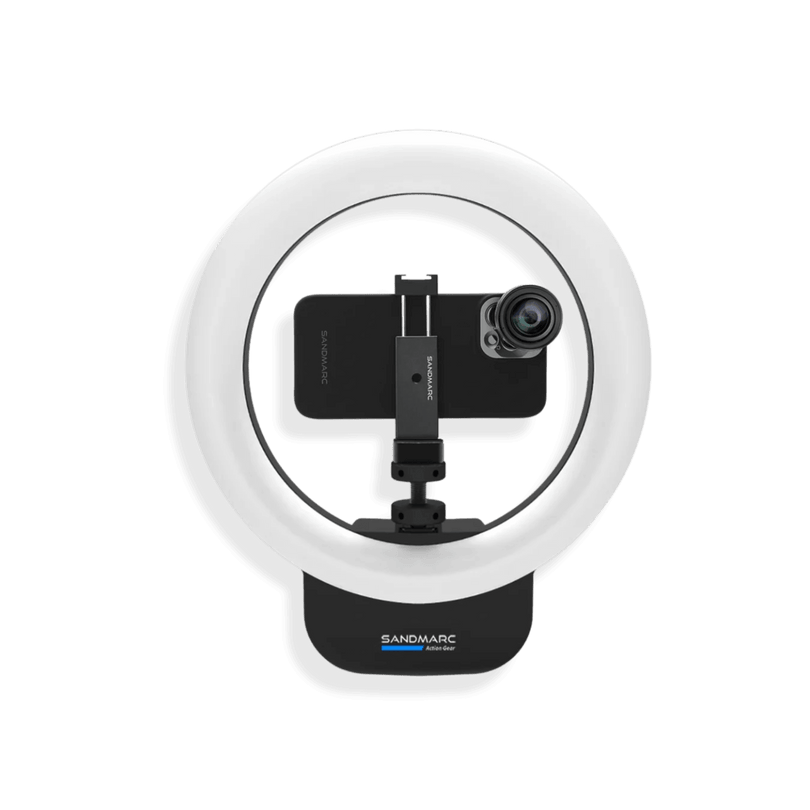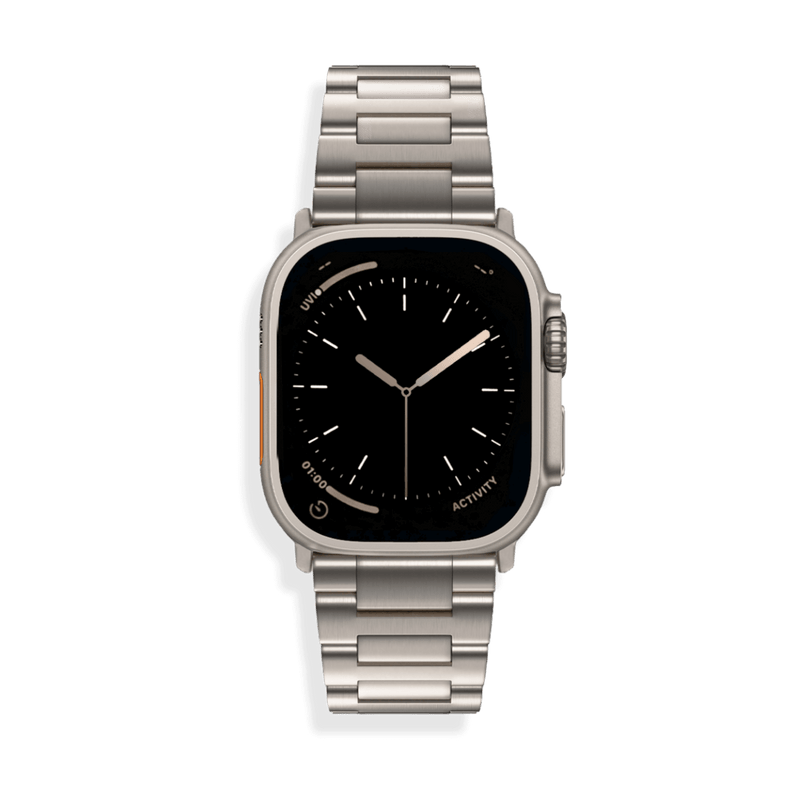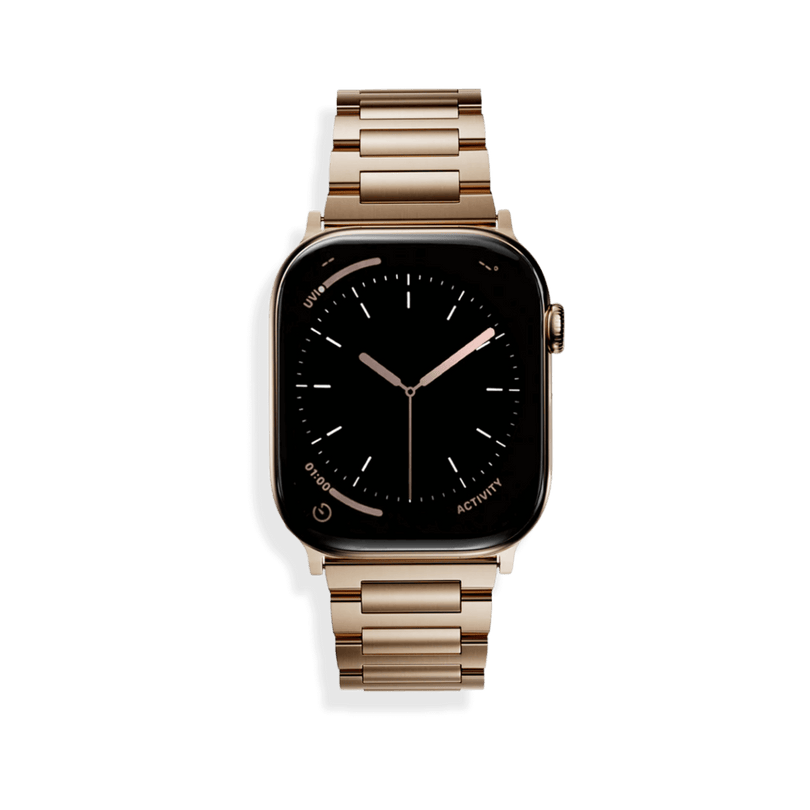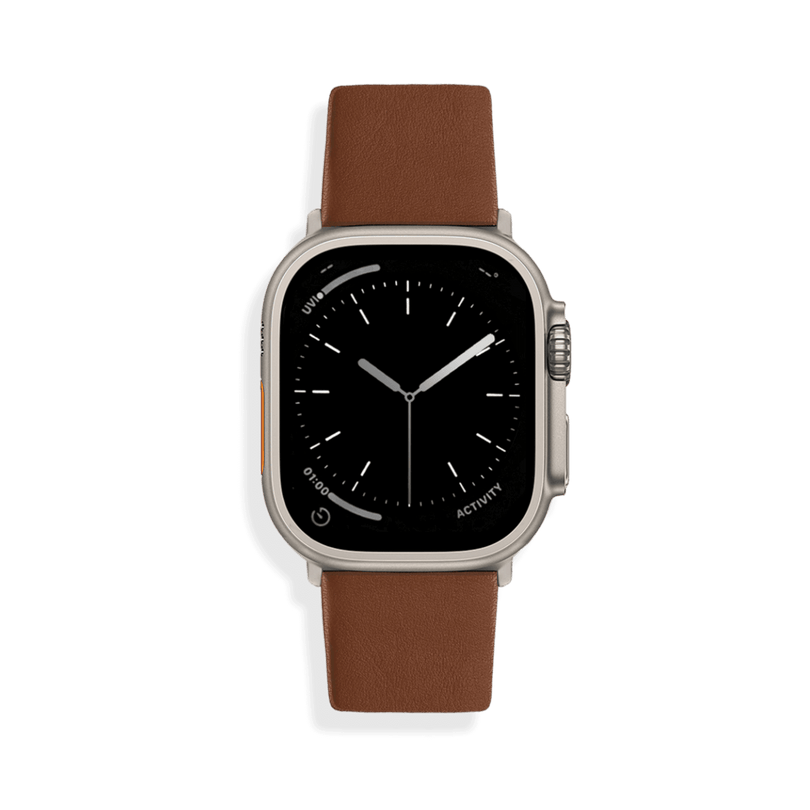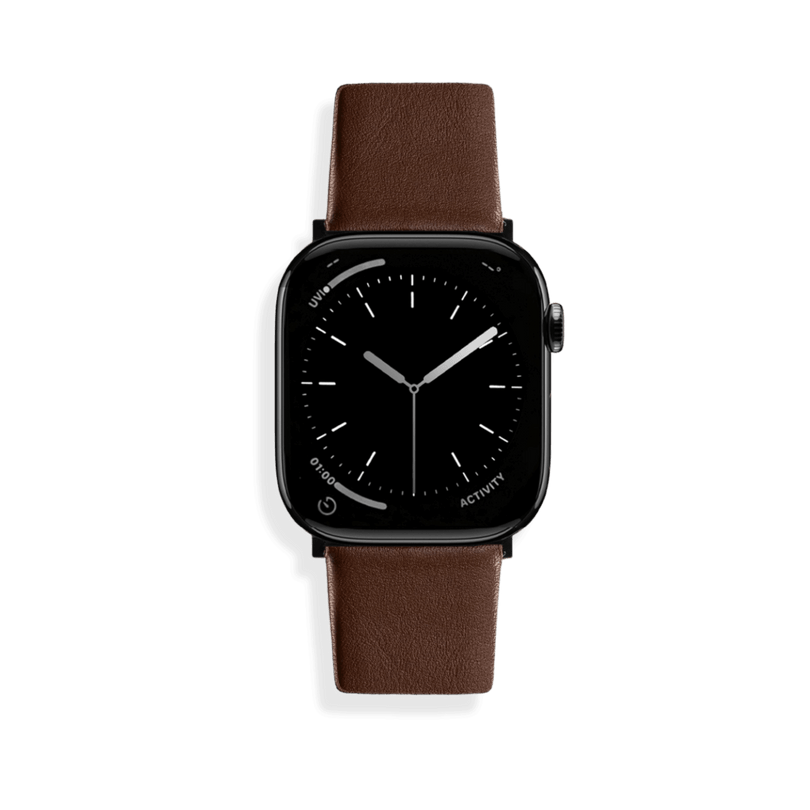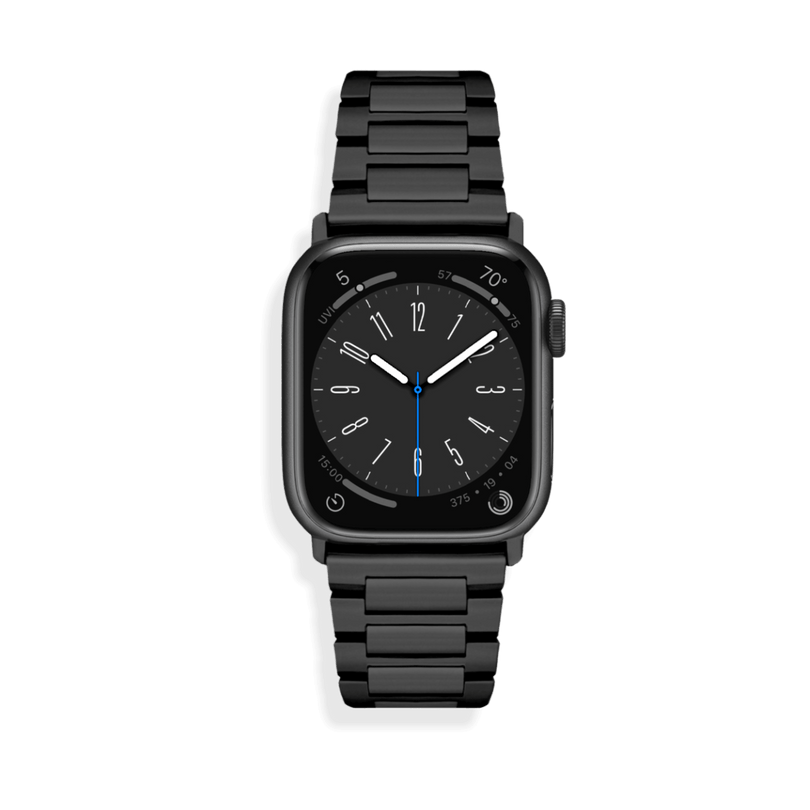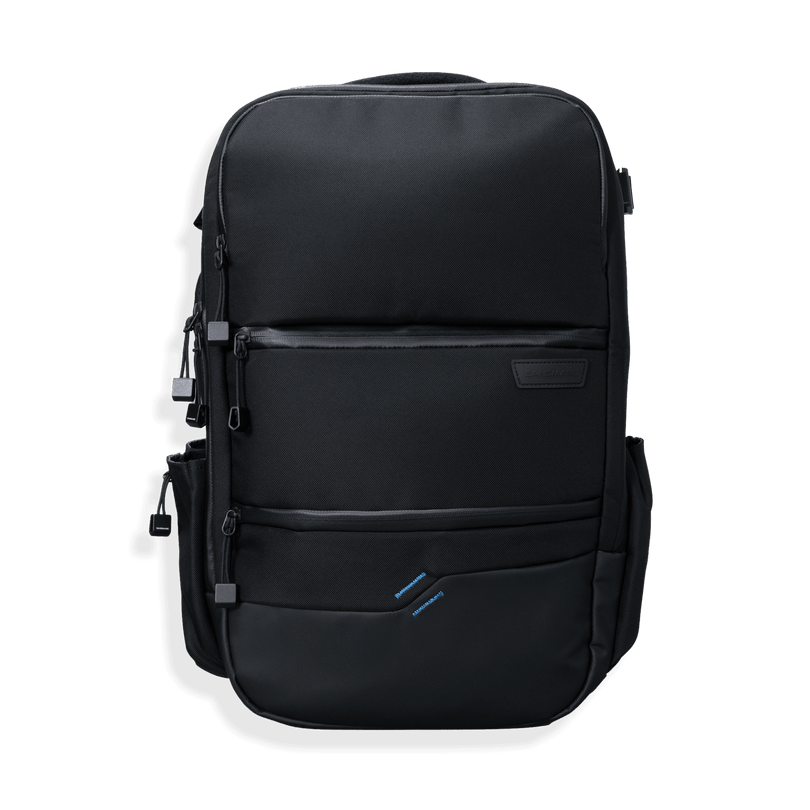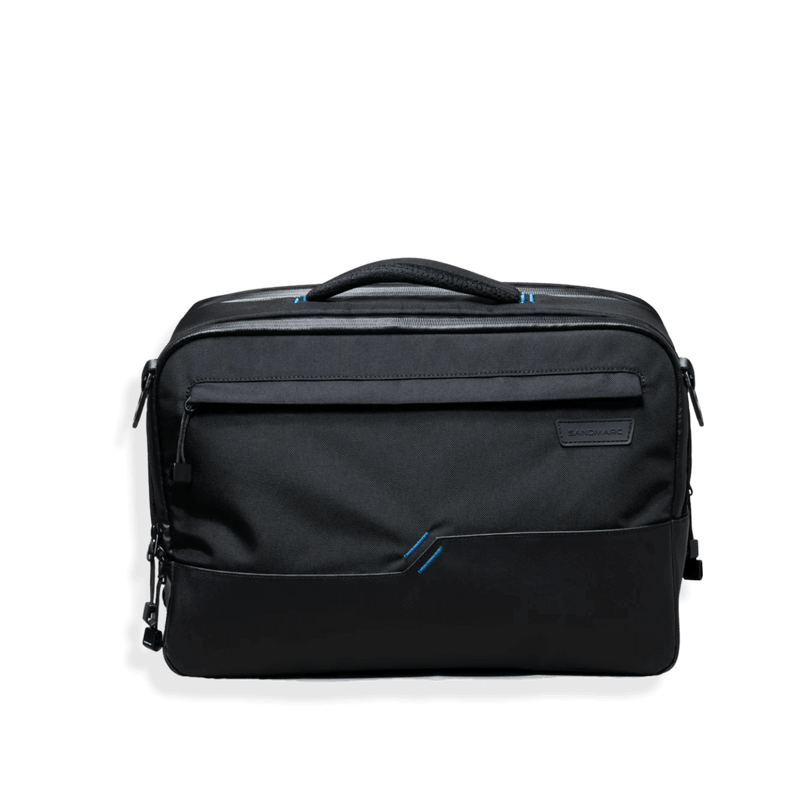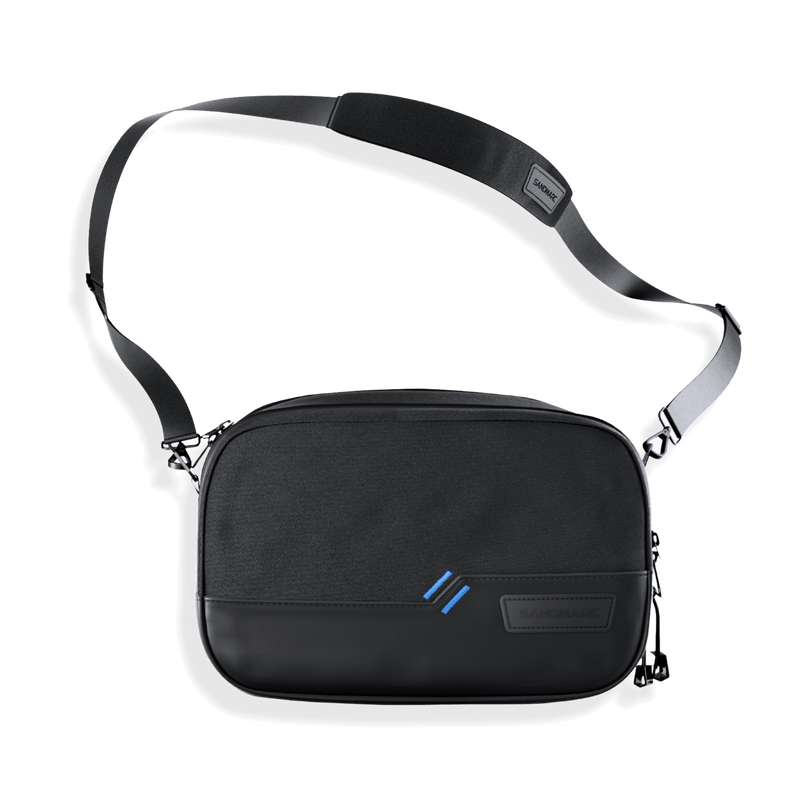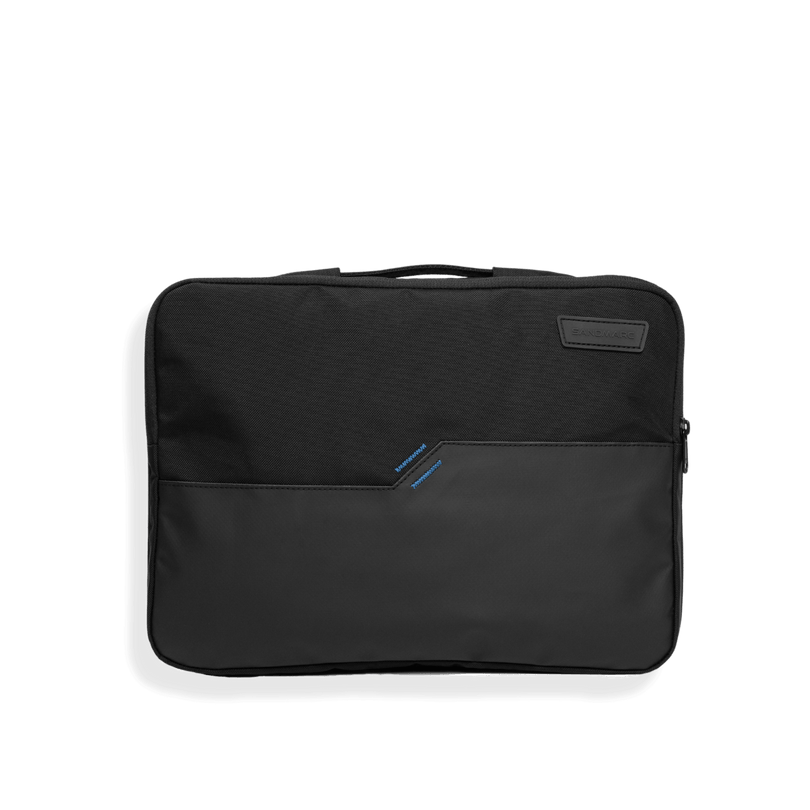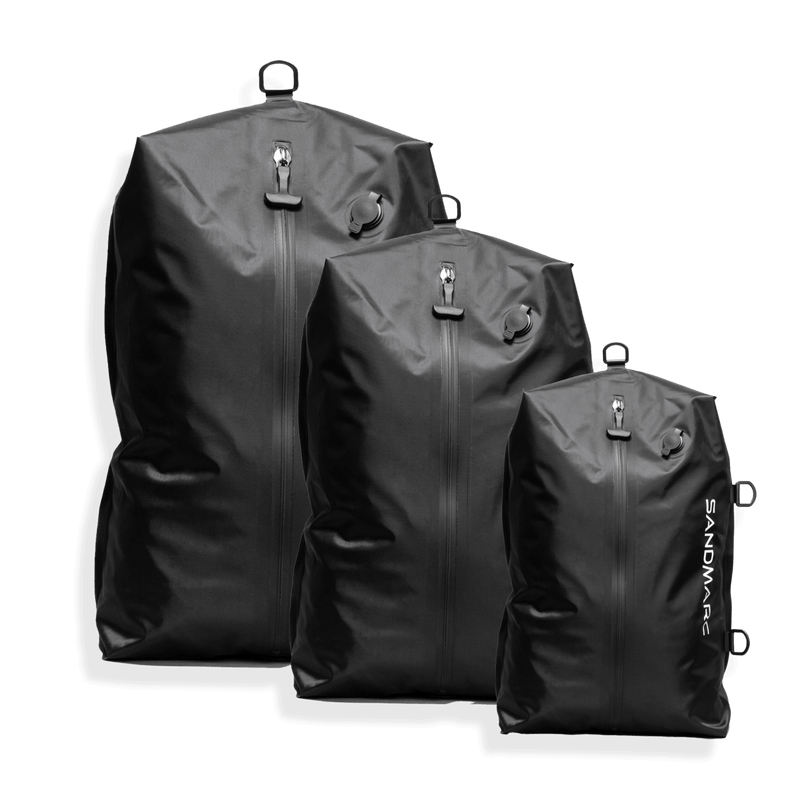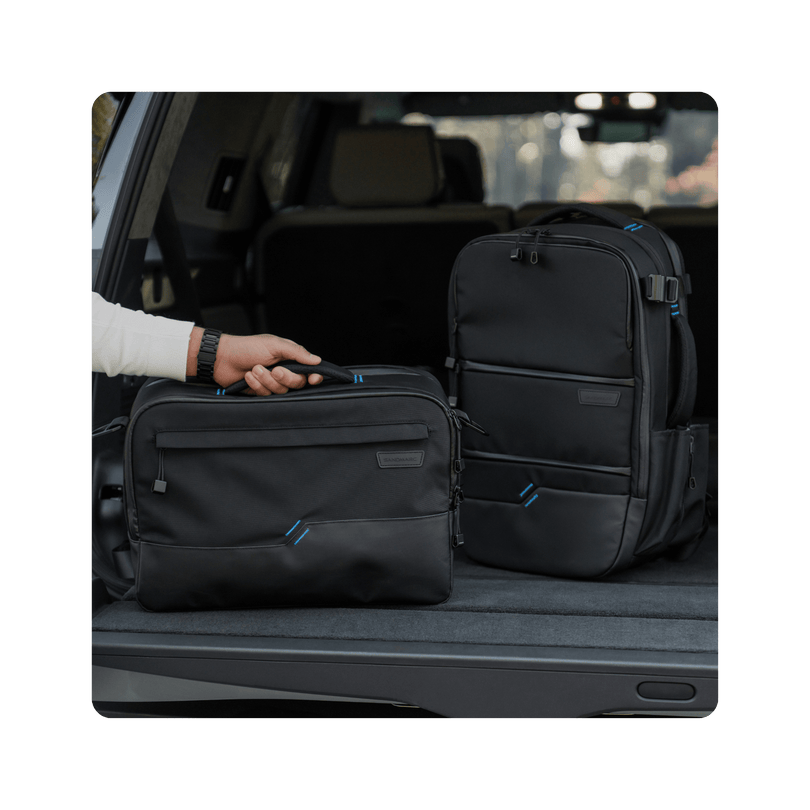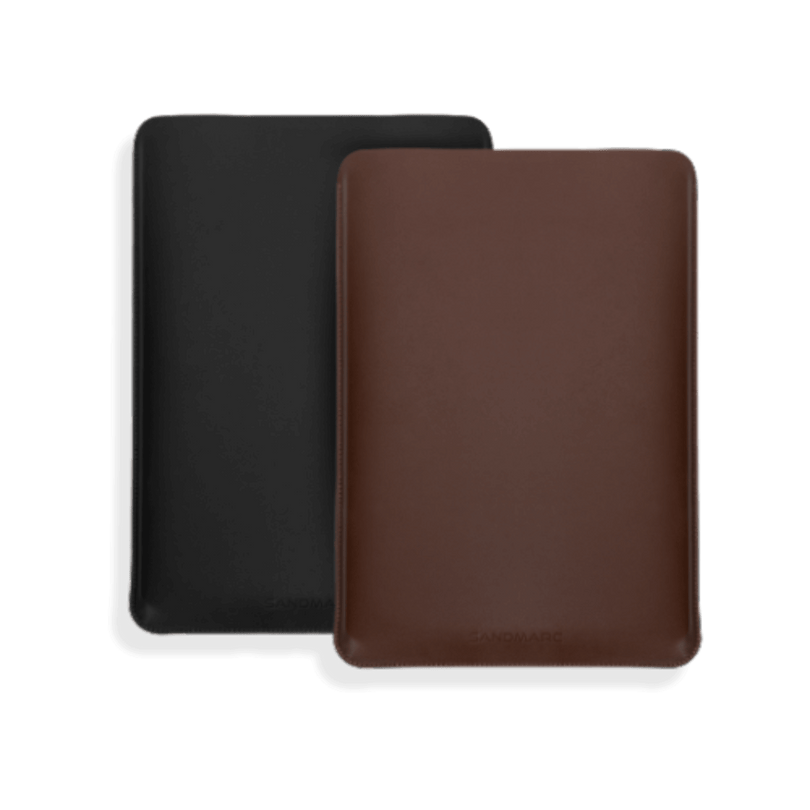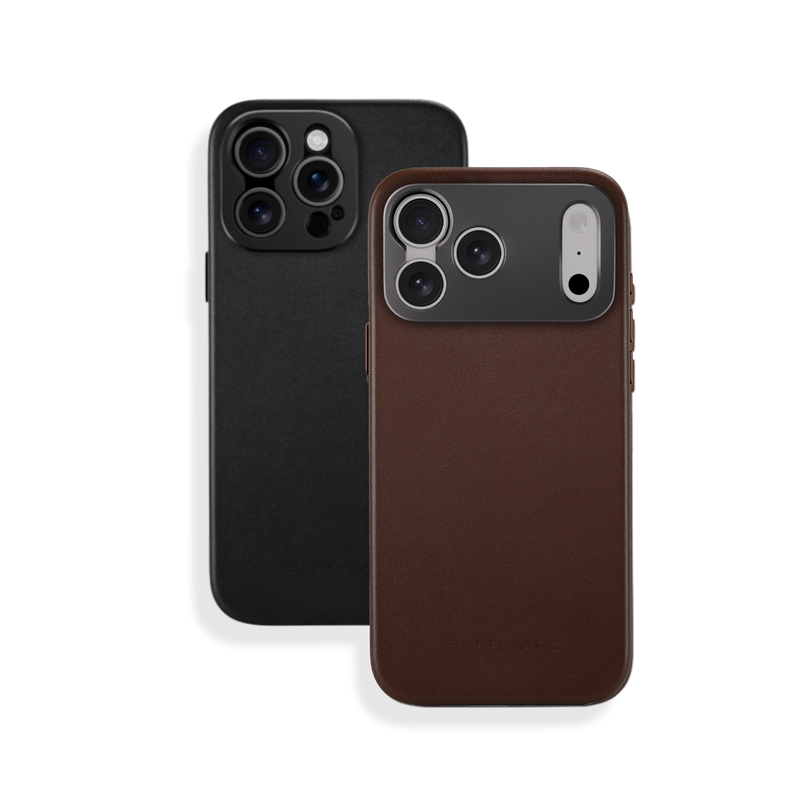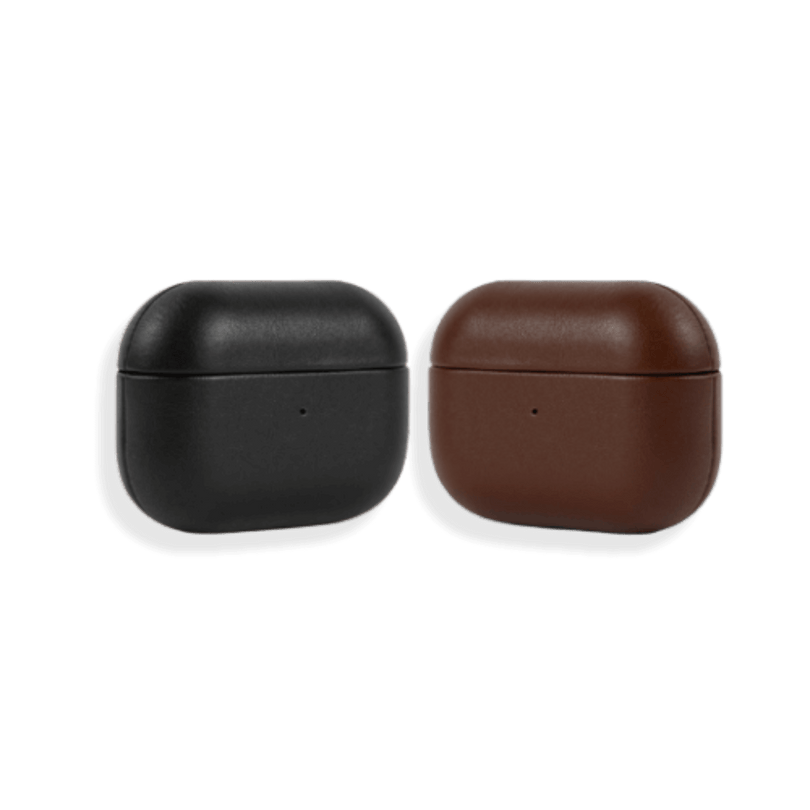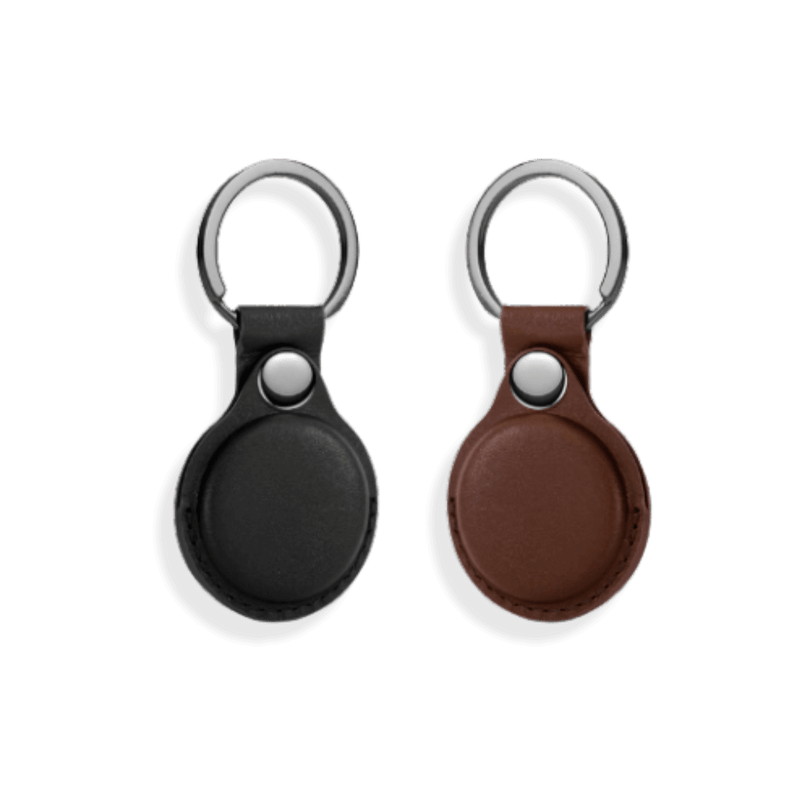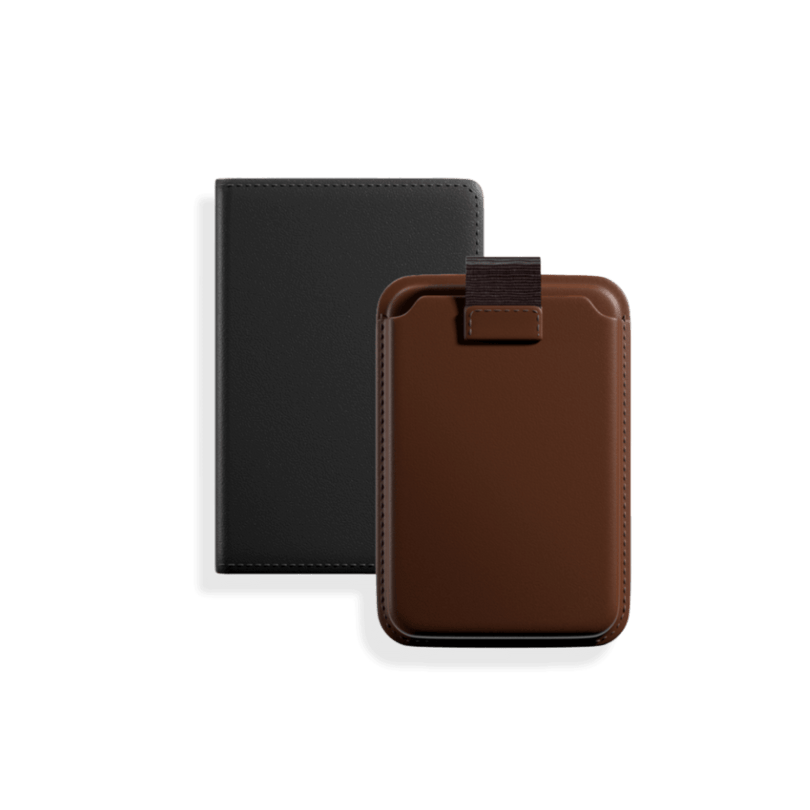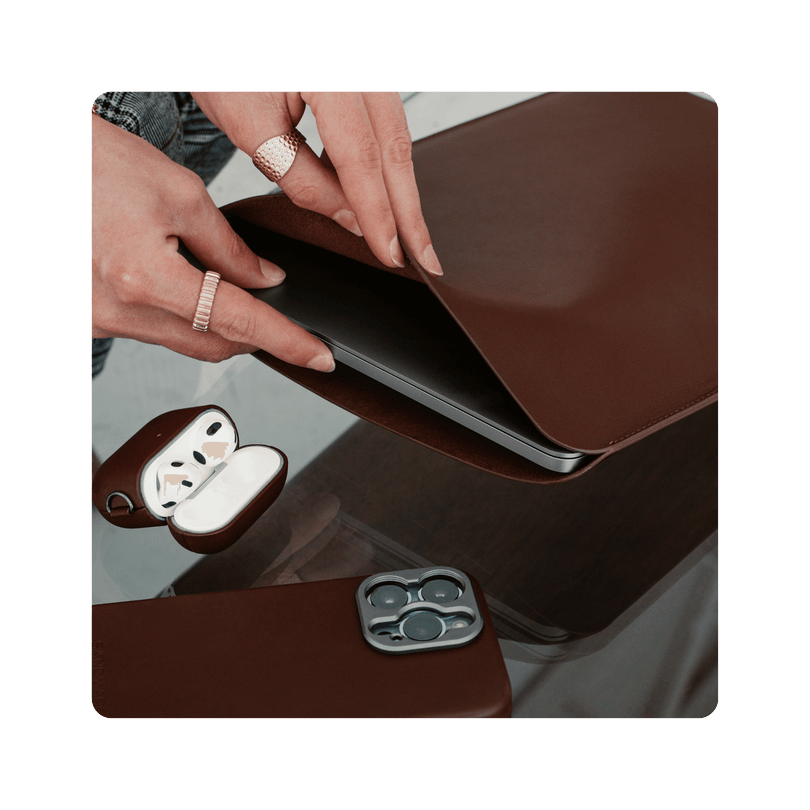iPhone Filmmaking: What is an ND Filter?
Renowned directors like Steven Soderbergh and Sean Baker have shown that the iPhone has incredible potential for filmmaking. Any experienced filmmaker understands that it's not just about the camera, but also the right gear and post-production editing that bring out a movie’s true quality. The same applies to the iPhone, while its camera is impressive, adding a filter can take it to the next level. An ND filter can instantly transform your video from ordinary footage to a cinematic masterpiece.
What is an ND Filter?
ND stands for Neutral Density, so let’s break it down. 'Density' refers to a measurement of how much light a filter reduces, while 'neutral' means the filter reduces all wavelengths of light equally, without affecting the color of the image. This ensures that the exposure is controlled without altering the natural colors of your footage.
We like to compare an ND filter to the effect sunglasses have when we wear them: it reduces the harshness of light without altering the overall color. However, some sunglasses do change the color of light, and the same can happen with certain filters. It’s best to avoid these, as they can alter the natural colors of your footage, changing the overall hue.
We like to compare an ND filter to the effect sunglasses have when we wear them: it reduces the harshness of light without altering the overall color. However, some sunglasses do change the color of light, and the same can happen with certain filters. It’s best to avoid these, as they can alter the natural colors of your footage, changing the overall hue.
Why ND Filters Matter in Filmmaking
An ND filter is perfect for filmmaking because it helps maintain consistent exposure when shooting outdoors in bright daylight. It neutralizes harsh sunlight, allowing you to shoot with a wider aperture and slower shutter speed, settings that are key to achieving a cinematic look.
Without an ND filter, you’d often be forced to use a high aperture, which reduces light but also flattens your image by keeping everything in focus, eliminating bokeh. Likewise, using a slow shutter speed without a filter can lead to overexposed footage. ND filters solve both problems by reducing the light entering the lens, so you can maintain a shallow depth of field and natural motion blur without blowing out your image.
ND Filters for iPhone
At SANDMARC we offer two types of ND Filters:
Motion Variable Filter
The Motion Filter from SANDMARC is a variable ND filter that allows you to adjust between four different stops—ND8 to ND64—based on your filmmaking needs. ND8 reduces light by 3 stops, while ND64 cuts light by 6 stops, giving you flexibility to shoot in a variety of lighting conditions.
This range allows you to control exposure without adjusting shutter speed or aperture, helping you maintain shallow depth of field and natural motion blur, even in bright environments. The filter stays true to the colors you’re capturing while accurately managing exposure. It’s ideal for achieving that cinematic motion blur, making movement appear smooth and natural on screen.
Hybrid Filter
The Hybrid Filter from SANDMARC combines the cinematic motion blur capabilities of a motion filter with the added benefits of managing reflections and enhancing color. It’s a two-in-one filter that functions as both a Neutral Density (ND) filter and a Polarizer (PL), allowing both effects to work simultaneously. The set includes three filters for optimal flexibility in different lighting conditions:
- Cloudy Days (Winter): ND16/PL
- Mildly Cloudy Days (Fall, Spring): ND32/PL
- Sunny Days (Summer): ND64/PL
This versatile setup gives you precise control over exposure, reflections, and color—ideal for filmmakers and photographers who need reliable results in any season
Choosing the Right ND Filter
Choosing the right ND filter depends on where you're filming and the look you're going for. Overall, variable filters are great for beginners because they’re flexible and easy to use in changing light. The SANDMARC Motion Filter is ideal for cinematic video, giving you flexible light control and smooth motion blur, especially useful in changing light. The SANDMARC Hybrid Filter combines ND and polarizing effects, reducing glare and enhancing color, making it perfect for outdoor video shoots.
Once you've decided on your filter, you'll need to adjust the ND. The numbers on ND filters, like ND4, ND8, or ND64, show how strong they are. A higher number means the filter blocks more light. For example, ND4 blocks a little light, while ND64 blocks a lot, which is helpful on very sunny days. If you're just starting out, a variable ND filter is a smart choice. Use lighter filters (like ND4 or ND8) on cloudy days, and stronger ones (like ND32 or ND64) in bright sunlight to keep your video looking smooth and cinematic.
Motion Filter
Once you've decided on your filter, you'll need to adjust the ND. The numbers on ND filters, like ND4, ND8, or ND64, show how strong they are. A higher number means the filter blocks more light. For example, ND4 blocks a little light, while ND64 blocks a lot, which is helpful on very sunny days. If you're just starting out, a variable ND filter is a smart choice. Use lighter filters (like ND4 or ND8) on cloudy days, and stronger ones (like ND32 or ND64) in bright sunlight to keep your video looking smooth and cinematic.
Motion Filter
- Type: Variable ND filter
- Light Reduction Range: ND8 to ND64 (3–6 stops)
- Main Purpose: Controls exposure and creates cinematic motion blur
- Best For: Filmmakers who want smooth motion, shallow depth of field, and full control in bright daylight
- Color Accuracy: Designed to stay true to natural colors
- How It Works: Rotating the filter lets you choose how much light to block, which helps you shoot with the best shutter speed and aperture even in bright sun
Hybrid Filter
- Type: ND + Polarizer (ND/PL combo)
- Light Reduction Range: Comes in three strengths – ND16/PL, ND32/PL, ND64/PL
- Main Purpose: Combines motion blur with reflection control and color enhancement
- Best For: Filmmakers who shoot around water, glass, or vibrant landscapes
- Bonus: Polarizer helps reduce glare and boost sky and color contrast
- How It Works: A fixed ND strength combined with polarization for more control over reflections and color
Perfected Gear Pairings with ND Filter
Pairing SANDMARC filters with a lens is the ultimate upgrade for your next video. The Wide Lens and Telephoto 2x Lens are the best companions for both the Motion Filter and Hybrid Filter. The Wide Lens expands your field of view while keeping the image free of distortion or curvature. Meanwhile, the Telephoto Lens offers crisp optical zoom, perfectly complementing the vibrant colors and adjusted exposure from the filters.
ND filters can be a game changer once you learn how to use them. They’re often the difference between average footage and cinematic results. Whether you choose the Motion Filter or the Hybrid Filter, investing in one is a smart step forward and one you won’t regret.
Which filter would you use for your next shoot, Motion or Hybrid? Let us know in the comments below!
Which filter would you use for your next shoot, Motion or Hybrid? Let us know in the comments below!
Author's Bio
Born on the California coast, SANDMARC designs gear for those who live life in motion—travelers, photographers, and filmmakers. Every SANDMARC product is thoughtfully designed to elevate how you capture, carry, and experience the world. With a focus on quality and functionality, their blog offers tips, guides, and inspiration to enhance the creative journey.

